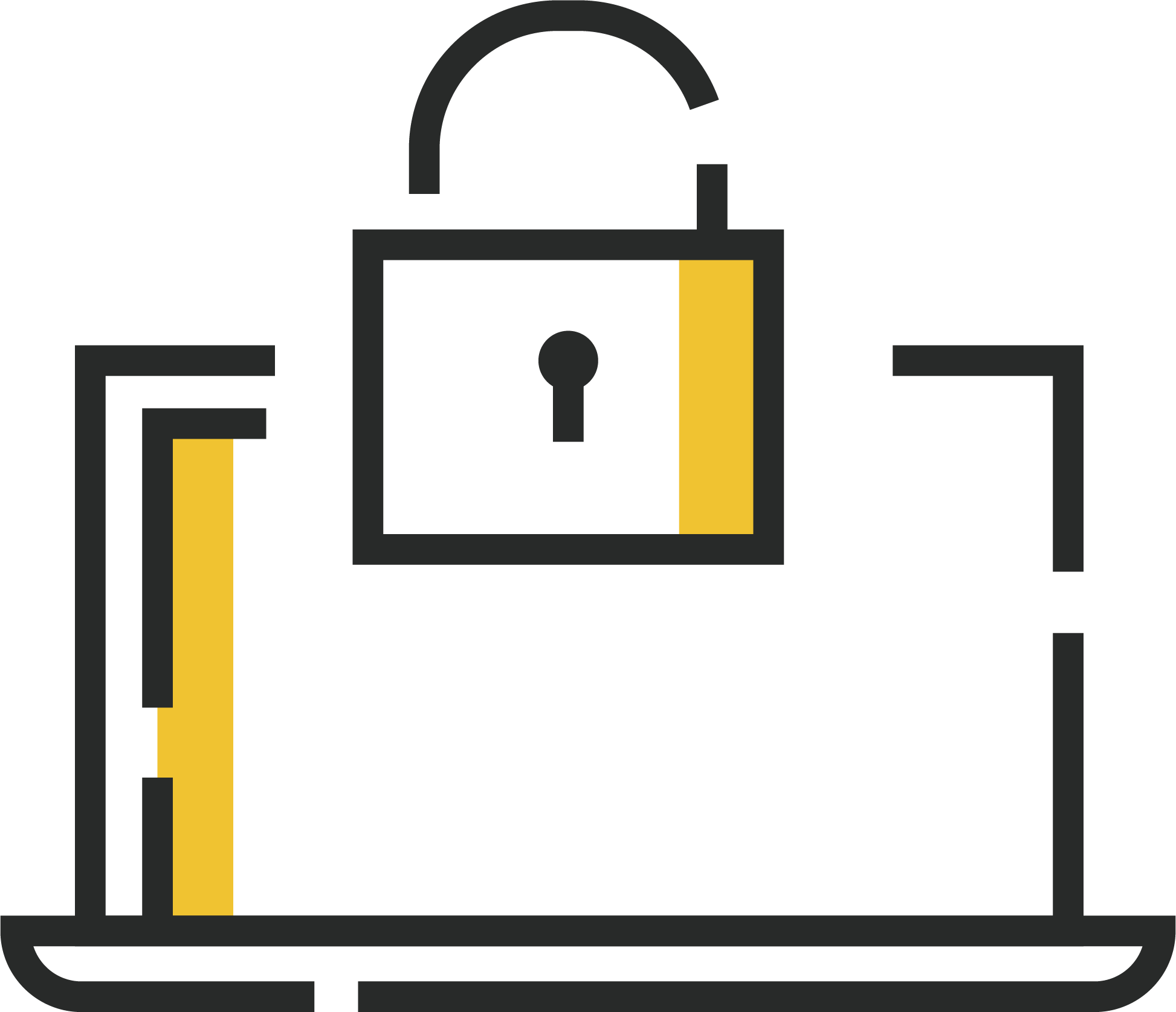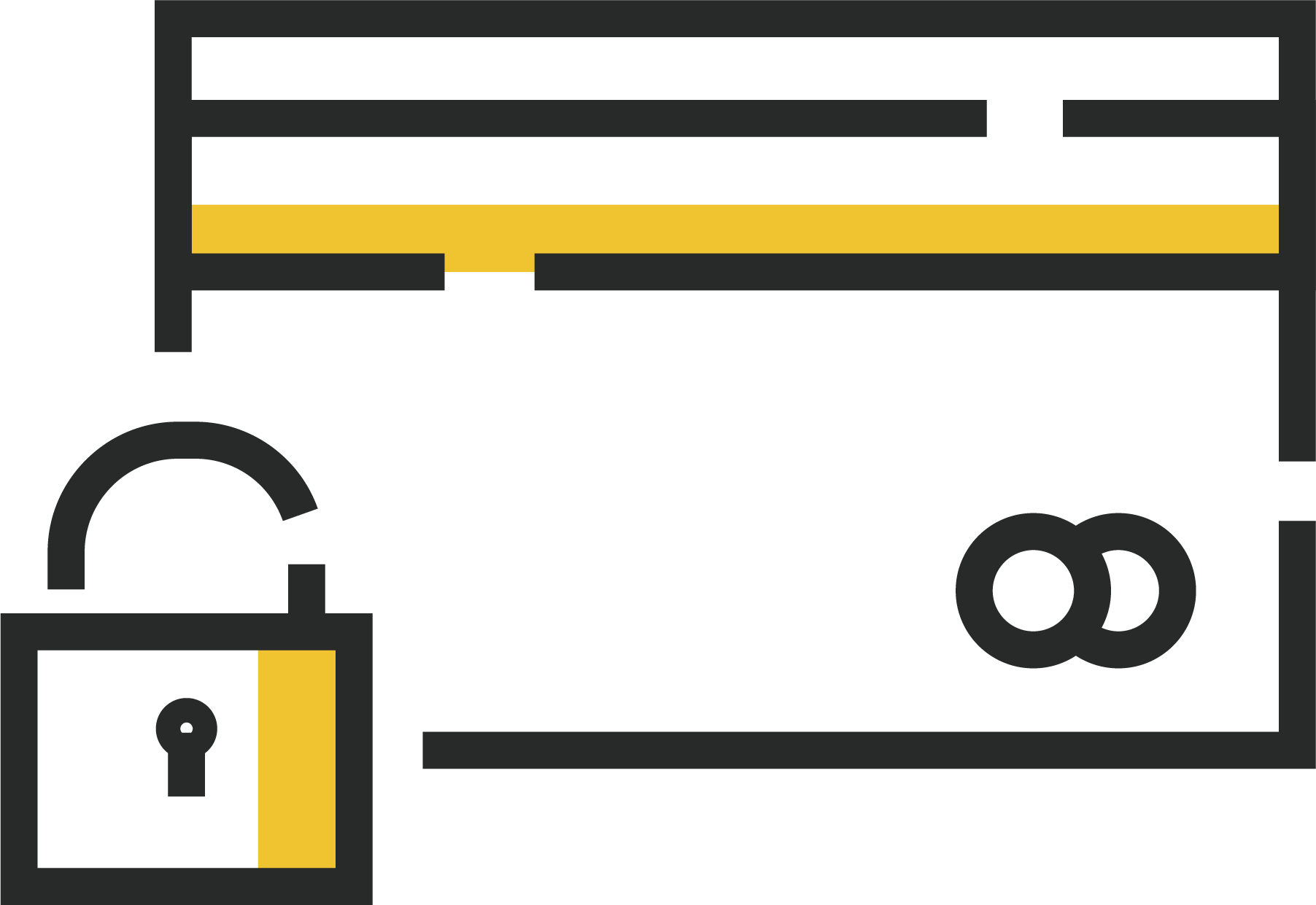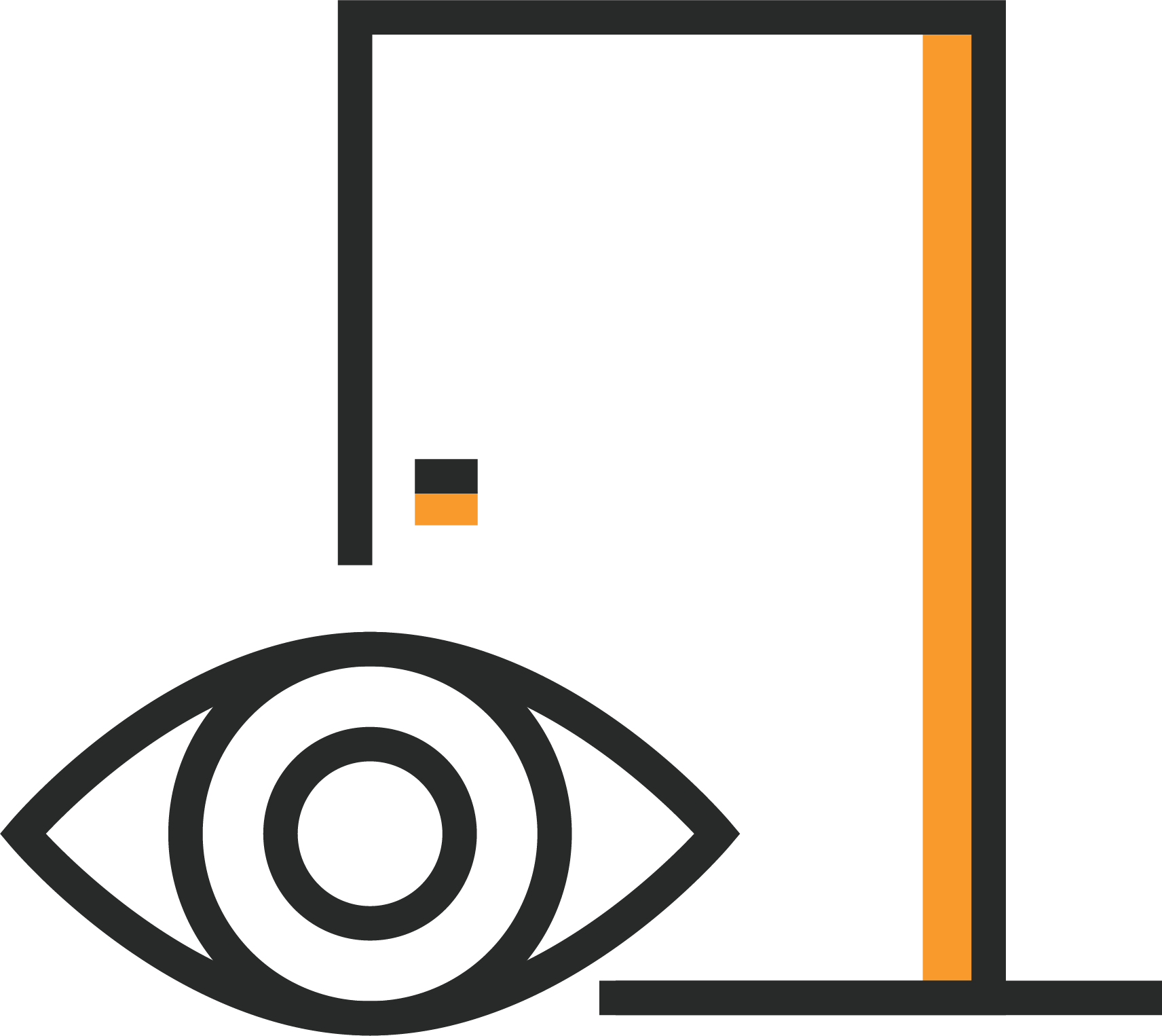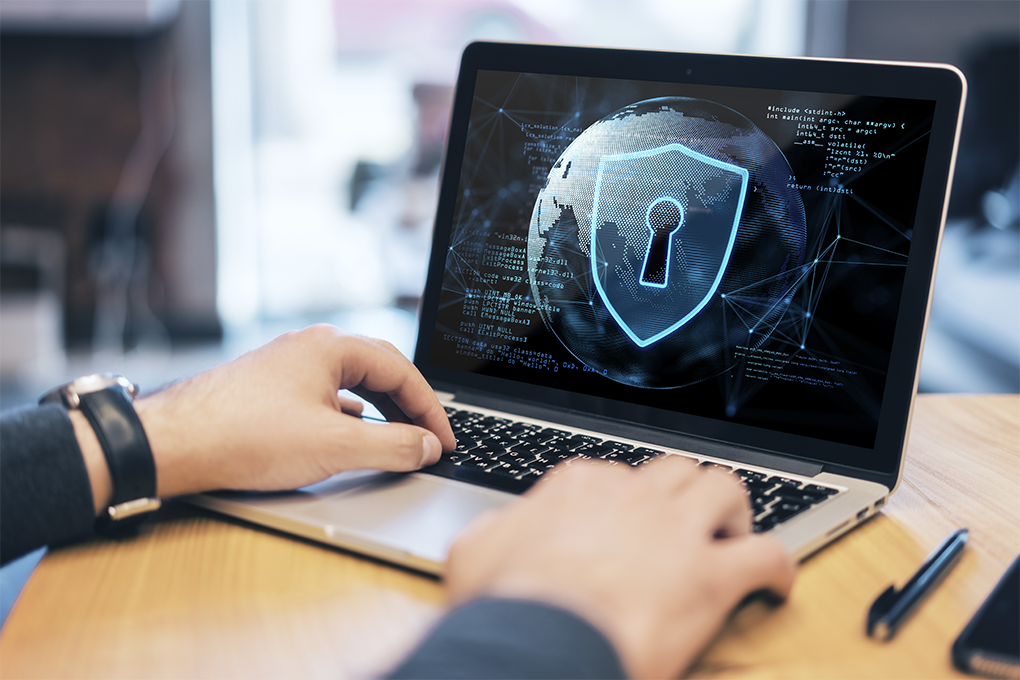The invention of baby monitors greatly improved the lives of new parents. The monitor is typically placed near an infant or toddler to alert their caregivers whenever they need attention.
It’s useful when parents have chores to do or errands to run while the baby sleeps. Unfortunately, like every other home-based device powered by the Internet of Things (IoT) technology, baby monitors have become a soft target for creepy hackers.
Some modern baby monitors have automatic capabilities and are powered by wireless network technologies that offer a connected end-user experience, such as remote video and audio recordings, temperature control, data transfer, and storage. Unfortunately, malicious actors are leveraging these technological improvements for nefarious reasons, including selling data on the dark web.
As baby monitor manufacturers learn more about the cybersecurity risks associated with their products, more mitigative solutions are becoming available. Unfortunately, many parents are unaware of these risks and how to prevent them.
This article will highlight prevalent cybersecurity risks associated with baby monitoring devices and countermeasures that allow parents to enjoy the benefits of high-tech baby monitors.
Cyber risks associated with baby monitors new parents should know about
The purpose of the baby monitor is to give parents peace of mind. However, malicious hackers can turn this device into a nightmare. For instance, a typical hacker can convert a baby monitor into a spycam, a radio frequency antenna, or even a command-and-control device used to attack other networks.
Law enforcement agencies have seen cases where strangers broke into WiFi networks, compromised baby monitoring systems, and initiated conversations with children. It’s also common for hackers to use baby cameras to spy on families and gather sensitive data to facilitate phishing attacks.
Below are some of the cyber-risks associated with baby monitors today:
✔️ A hacker can watch through the video and speak to the child if complete control of the device is gained.
✔️ The hacking of baby monitors can also affect businesses as people use the same network to access corporate systems and baby monitors while working from home.
✔️ Burglars can use the video information to break into homes.
✔️ Hackers can zoom in on personal documents and computer screens or eavesdrop on conversations through audio for the purpose of identity theft.
According to news reports, a South Carolinian mother foiled a cyberattack that targeted her baby monitoring device in 2018. Jamie Summitt became suspicious after seeing that the baby monitor’s camera pointed towards her bed, where she typically sat to breastfeed her child. Following that discovery, a mobile phone alert notified her about the change in camera positioning. Jamie quickly unplugged the baby monitor and called the police.
Following investigation, the device manufacturers discovered that unknown persons gained unauthorized access to Jamie’s baby monitoring system and repositioned the camera to capture sensitive images in the home.
As technology advances, so do the tactics of cybercriminals. The steps outlined for protecting baby monitors from hackers are a testament to the need for constant vigilance and proactive security measures in the digital age. By adopting practices such as regular patching and encrypted audio-visual streaming, parents can create a safer digital environment for their children.
– Kurt Sanger Cybersecurity Expert
How to achieve security resilience
Hackers can exploit vulnerabilities in the device as well as the online portal that connects to the app. Therefore, proper research is necessary before buying a baby monitor. Updating your knowledge on cybersecurity will teach you how to keep all the IoT devices in your home safe from hackers.
Following security guidelines is the best way to keep your home safe from prying eyes. However, a device being costly does not necessarily mean it cannot be compromised. Below are six cybersecurity countermeasures to improve the security of your baby monitoring systems in minutes:
✔️ SSID reset: Systems connected to a local network carry a default service set identifier (SSID), used to identify devices on a wireless network. To enhance the security of the baby monitor, parents should reset the default SSID to something less obvious. If necessary, we recommend hiding your baby monitor’s SSID from broadcasting across your Wi-Fi network.
✔️ Encrypted home router: Smart home devices are often connected to a wireless router to achieve connectivity. While routers require up-to-date configurations, it is crucial to purchase home routers with WPA2 encryption capabilities. It adds a layer of protection for the data traffic flowing between your connected devices.
✔️ Access control management: Most smart device manufacturers attach default passwords and access credentials to their products for ease of use. However, some of these default passwords and access credentials are often available online. Replace your baby monitor’s default password and access credentials with challenging characters (do not reuse old passwords). Most smart home devices come with detailed user manuals to help you do this.
✔️ Robust patching cadence: Many baby monitoring systems today consist of a hardware and software architecture. The functionality of the systems tends to diminish over time, so manufacturers introduce occasional updates and security patches to help mitigate vulnerabilities. Although the system update and patching notification typically occurs automatically, users should try to implement updates and patches as soon as they are available.
✔️ Encrypted audio-visual streaming: At a minimum, parents seeking to purchase Wi-Fi-enabled baby monitors should opt for brands equipped with live video encryption protocols for data transmission and storage. For instance, new nesters should consider parental monitoring systems with Secure Sockets Layer (SSL) or Transport Layer Security (TLS) for video streaming purposes. Your baby monitoring device should also include AES-256 encryption for data stored on the hardware device or in the cloud.
✔️ Two-factor authentication (2FA) mechanism: This is an additional security layer that adds complexity to the log-in processes, protecting child monitoring applications from unauthorized access. By implementing 2FA, you get a code that is required to access privileged accounts, so even if a malicious hacker gets your username and password, they won’t be able to compromise the baby monitoring system without access to the 2FA code.
Increased digitalization may have made lives easier, but it has also raised concerns about IoT security. Anyone with minimal hacking knowledge can quickly gain access to IoT devices connected to the Internet. Often, new parents do not give much thought to the security issues that may arise in an innocent device like the baby monitor.
It is essential to note that a “safe system” does not exist because malicious hackers develop new and more sophisticated techniques every day. However, because a “safer system” does exist, it is essential to adhere to cybersecurity best practices and relevant security awareness training. Additionally, selecting a reliable brand, like FrontPoint that prioritizes users’ security and privacy will be beneficial in the long run.


















